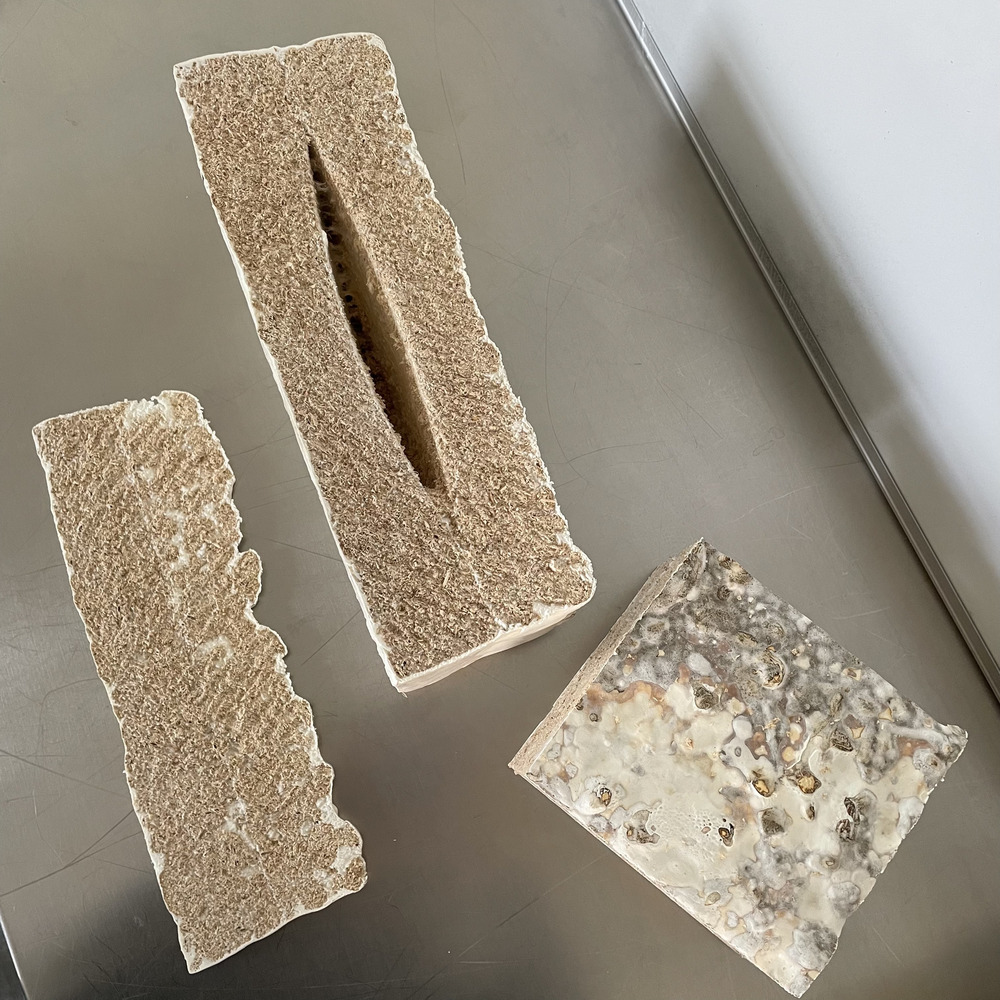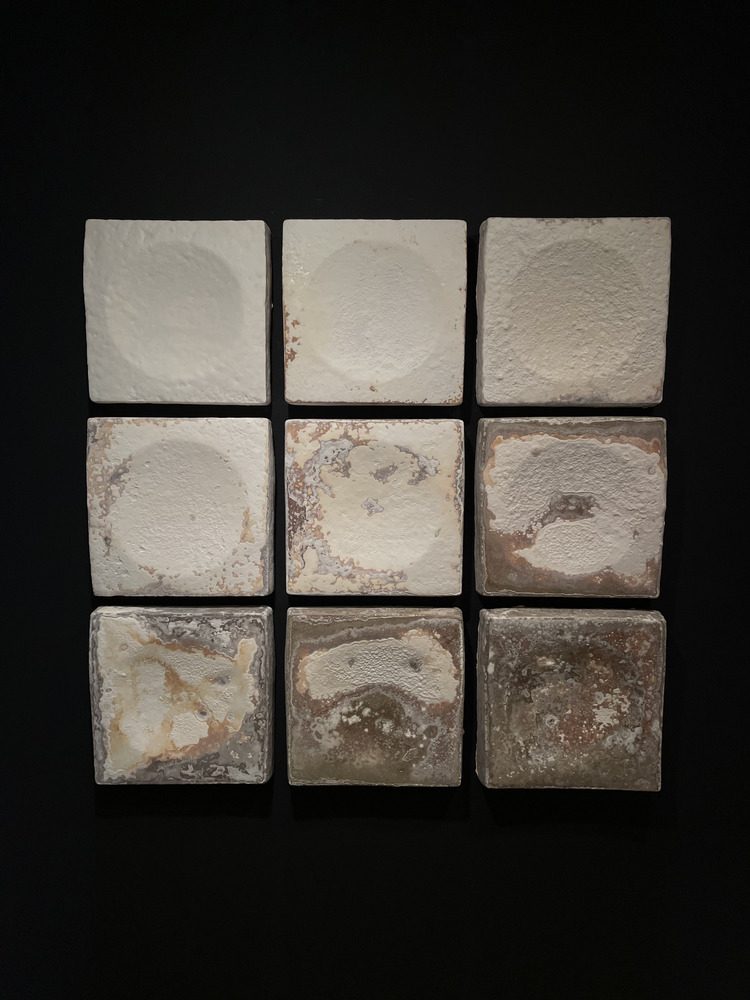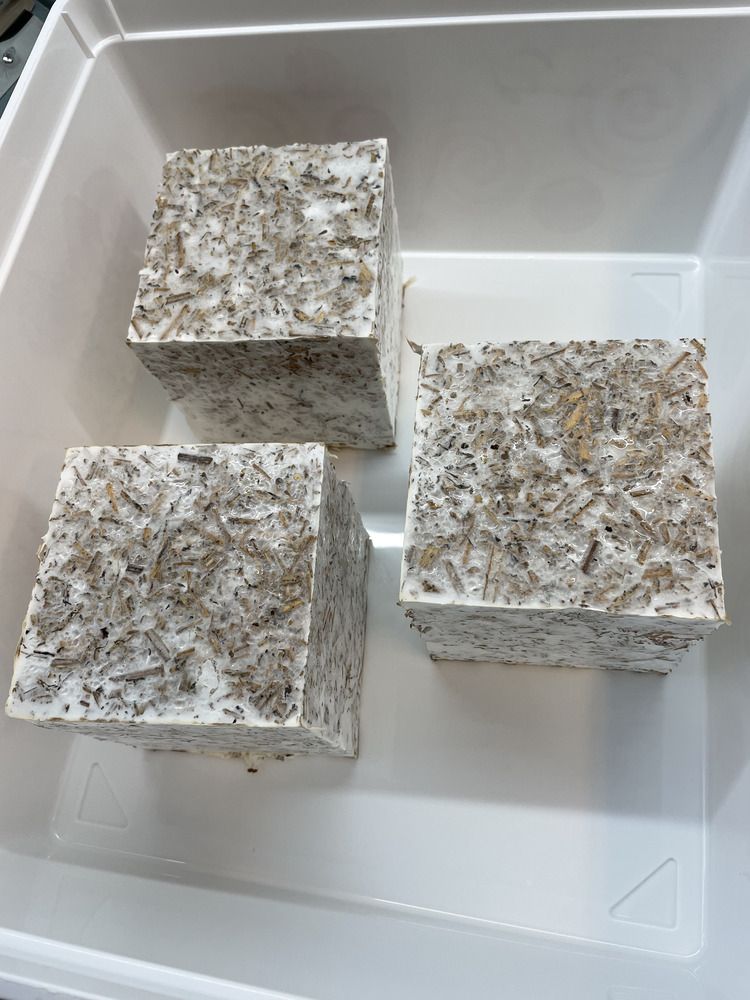
Using Biomaterials in Architecture: Mycelium
In the face of the climate crisis, bioeconomy stands out as a way to help construction become more sustainable alongside the help of net-zero architecture. Biomaterial specifically boosts the architecture and construction industry’s ability to create a truly sustainable future because they are biodegradable and store carbon dioxide during their lifetime. By doing so, carbon footprints from buildings and products are greatly reduced. Among the different biomaterials being used today like wood and hemp, there are many other strange materials that come from animals, plants, and even fungi. One of these intriguing materials is mycelium, the vegetative part of a fungus.


Related read: The Strange Biomaterials Being used Overseas
Mycelium as a Biomaterial
Compared to traditional materials, fungal materials actually have many other benefits and have been compared to expanded polystyrene (EPS) for their high acoustic absorption, low thermal conductivity, and fire-resistant nature. Mycelium while still in its fungal state acts as thread-like roots that form into quickly growing complex webs. When implanted in a suitable place, the mycelium acts like glue and cements the substrate (which can be composed of waste like sawdust, groundwood, straw, or other agricultural wastes) to transform it into a solid block. So far, mycelium has been used in bricks, textiles, and furniture to add natural and organic finishes to interior design.

Related read: Biomaterials in Le Magasin Électrique’s Eco-friendly Workspace
Though it sounds weird to use mushrooms as material for building a house or any other architectural structure, mycelium when mixed with other building materials actually presents several key advantages including low cost, low density, and an eco-friendly output that lessens energy consumption.


